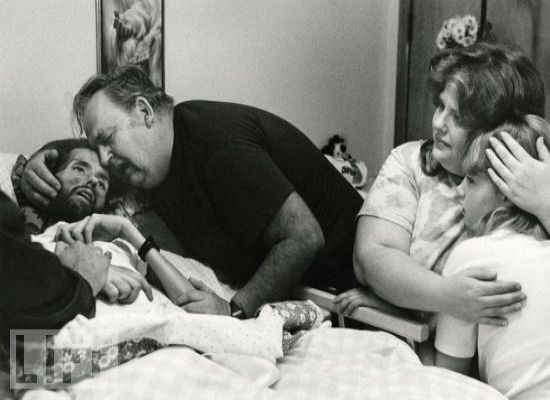A case of importance
Full disclosure – I have a personal interest in this case, which involves abuse going back many decades. But I think the hearing tomorrow will be quite important. Also worth reading: this Globe story, from this morning.
Canadian Press:
Lawsuit alleges people abused, held in toilet at Ontario institution (Institution-Abuse)
By Ciara Byrne
THE CANADIAN PRESS
TORONTO _ As a little girl in an Ontario institution for the developmentally disabled, Pat Seth was turned upside down in the toilet as staff poured cold water on her face after she refused to eat her porridge, the now 52-year-old said Tuesday.
Ontario Superior Court Justice Maurice Cullity is expected to give the formal go-ahead to a class-action lawsuit Wednesday involving Seth and thousands of others who are suing the provincial government.
The former residents of Huronia Regional Centre and family members are alleging systemic neglect and abuse at the facility for more than 100 years.
The allegations have not been proven in court and the Ontario government has not filed a statement of defence.
“We got sentenced. We are the disappeared,” Seth said during a phone interview Tuesday, comparing her childhood years at the Orillia, Ont., facility to a prison term.
“(We were) isolated from the outside world. We were sentenced for being mentally handicapped and it wasn’t fair,” said Seth.
The institution opened in 1876 under the name Orillia Asylum for Idiots, and became “a prison for individuals with disabilities,” said David Rosenfeld, one of the lawyers representing the plaintiffs.
When the facility closed its doors in March 2009, Huronia was the oldest institution for people with a developmental disability. In 1971 the facility housed 1,875 residents.
Over the years, there were allegations of neglect and abuse made against the institution. There were also several deaths.
In the 1960s, an article described the facility as overcrowded, with beds so close people were lying head to head.
By 1971, a report by Walter B. Williston sponsored by the Ministry of Health, condemned the institution, describing situations where adults were left rocking or aimlessly walking the halls, while others were organized into work gangs. The findings eventually led to another scathing government-sponsored report in 1976, which led to the replacement of the administrator of the facility at the time.
“These class members were put into this institution, almost like a prison, and forgotten about by the rest of society,” said Rosenfeld.
Marilyn Dolmage, who worked at the centre between 1968 and 1973 as a social worker, is acting with her husband Jim as a litigation guardian for the lead plaintiffs Marie Slark and Pat Seth.
Both Slark and Seth were admitted to the institution in the 1960s at the age of six and seven, as wards of the state. At 16, Seth was placed in a group home on the premises of Huronia until she was 21.
“It was an awful place to live. It was like living in jail. It was restricted there was no freedom,” said Seth.
Seth alleges residents were hit with brushes and fly swatters.
“We weren’t allowed to retaliate, because if we did we would be dragged across the floor by the hair of our head,” Seth said.
Dolmage said she remembers the institution operating like an “army camp,” children and adults lined up and followed orders.
“There was a constant fear, especially little children like Pat, I recall her as a very cute little girl _ tiny,” said Dolmage.
“They told me about their fear and suffering and the kind of punishment they had.
Ontario was once home to 16 institutions. Beginning in 1987, the province moved to close them and place residents in community settings.
The Huronia of the past few decades was a very different place than it used to be, advocates have said. They were vibrant communities where the residents had dances and parties, they say.
But Community Living Ontario has said while the institutions became cleaner and better maintained, residents were still subject to isolation and separation from society, therefore necessitating the institution closures.
INDEX: NATIONAL SOCIAL JUSTICE POLITICS




